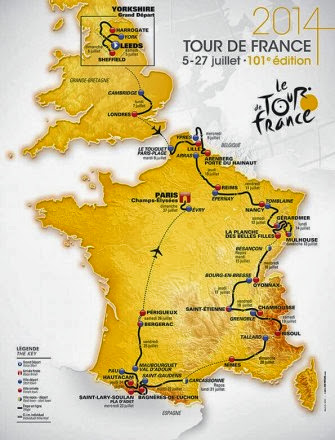This time of year, many recipes at our house start with: first, you pick the blackberries. As our new neighbors seem to have no interest in sharing in our annual harvest, we are once again dealing with an excess of blackberries. Most years, I simply freeze most of them and use them on the sort of cold January night, when even in California, you feel like spring is too far away. But this year my freezer has been taken over by K's baking projects. At last look, and I may be missing something, that included: half a chocolate layer cake, pumpkin chocolate chip muffins, halves of two different vanilla layer cakes with colorful frosting, random cupcakes, and chocolate zucchini bread. Add that bounty to our regular freezer items and there is little room for blackberries.
Buckle has always been one of my favorite desserts and it is one of my favorite ways to use up "excess" blackberries. Thus this text exchange earlier in the week with K.
"I think you should make another buckle."
"You'll need to buy more butter."
"Also, vanilla."
"With what fruit? Please don't be blackberries."
"Blackberries."
Blackberry Almond Buckle
Adapted from the The Blue Bottle Craft of Coffee: Growing, Roasting, and Drinking, with Recipes, because we like Caitlin's buckle.
We've upped the fruit a lot from the original recipe because I like a lot of fruit in my buckle, if you like more cake than fruit, use 1 or 2 cups.
Streusel
- 6 tablespoons cold unsalted butter
- 1 cup all-purpose flour
- 1/2 cup sugar
- 3/4 teaspoon vanilla salt (Kosher salt with vanilla bean) or Kosher salt
- 1/2 cup slivered almonds
Cake
- 1 cup all-purpose flour
- 1 teaspoon baking powder
- 11 tablespoons unsalted butter, at room temperature
- 3/4 cup sugar
- 3/4 teaspoon vanilla salt
- 2 eggs, at room temperature
- 1 teaspoon vanilla extract
- 4 cups blackberries or fruit of your choice
To make the streusel, cut the butter into small chunks and let sit at room temperature for 5 minutes. In the bowl of a stand mixer fitted with the paddle
attachment, combine the flour, sugar, and salt. Add the butter and
mix on low speed until the mixture resembles coarse beach sand, about
2 minutes. Add the almonds and mix just until the streusel begins to
clump together and look like gravel, being careful not to let it come
together to form a dough.
To make the cake, preheat the oven to 350°F. Butter and flour the bottom and sides of a 9-inch (23 cm) springform pan.
Combine the flour and baking powder in a small bowl. In the bowl of a stand mixer fitted with the paddle
attachment, beat the butter on low speed until smooth, 1 to 2 minutes.
Add the sugar and salt and mix on low speed until well combined. Scrape
down the sides of the bowl, then mix on medium speed until light and
fluffy, 4 to 5 minutes.
In a small bowl, combine the eggs and the vanilla extract and whisk until well blended. With the mixer on medium speed, add the egg mixture
slowly, in a steady stream, and mix until well-incorporated and very
smooth, about 30 seconds. Scrape down the sides of the bowl, then mix on
medium speed for 30 more seconds. Scrape down the sides of the bowl, then add the flour
mixture. Mix on low speed just until uniform in texture. Use a rubber
spatula to gently fold in the blackberries until evenly incorporated.
Pour the batter
into the prepared pan, smooth it with a rubber spatula, and
sprinkle the streusel evenly over the top. Bake for 60 minutes,
until the streusel is dry and golden and the buckle is firm and springs
back when gently pressed in the center, rotating the pan midway through
the baking time.
Let the cake cool in the pan on a wire rack for 30
minutes, then remove from the pan. Serve warm or at room temperature.
Stored in a covered container at room temperature, it will keep for up
to 3 days.



































